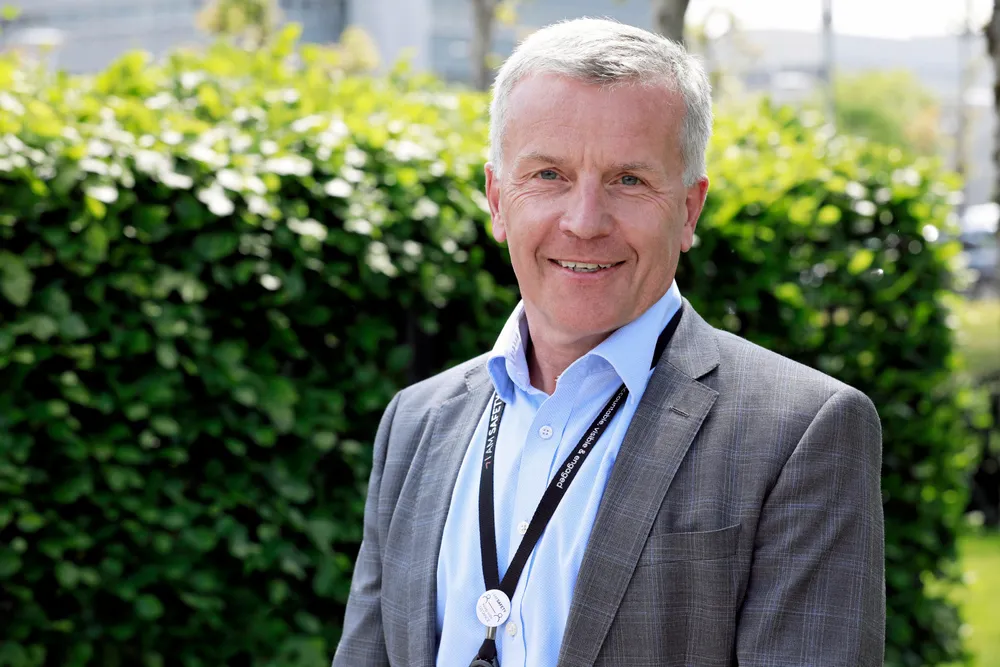'We are developing a portfolio that can create value in a net-zero future': Equinor
Norwegian oil and gas major in update to Energy Perspectives sees massive rise in wind and solar, and for first time explores hydrogen as part of energy transition

Norwegian oil and gas major in update to Energy Perspectives sees massive rise in wind and solar, and for first time explores hydrogen as part of energy transition
